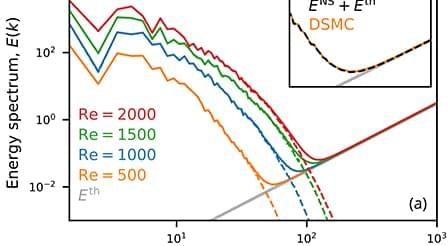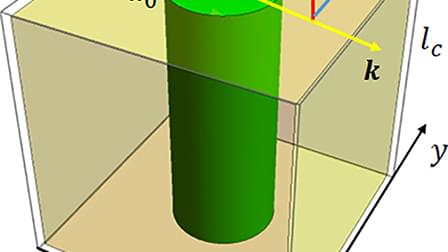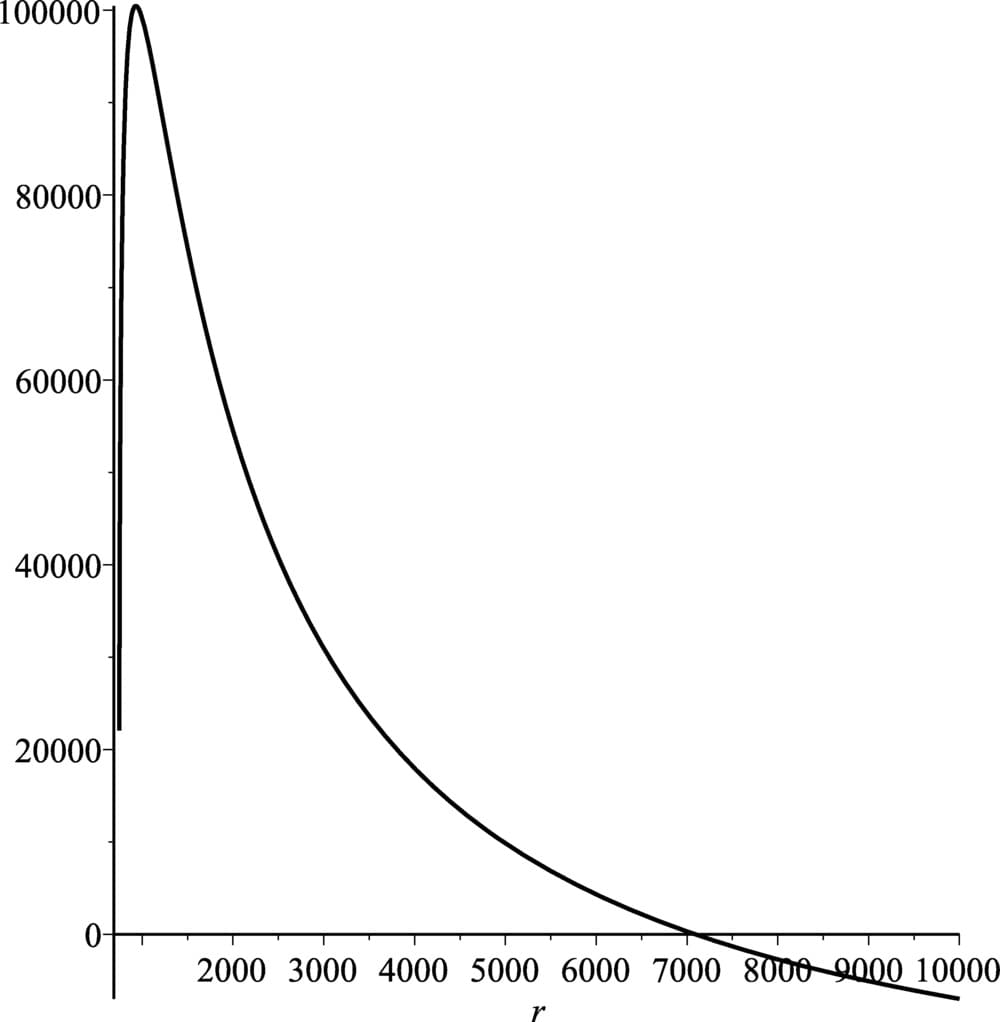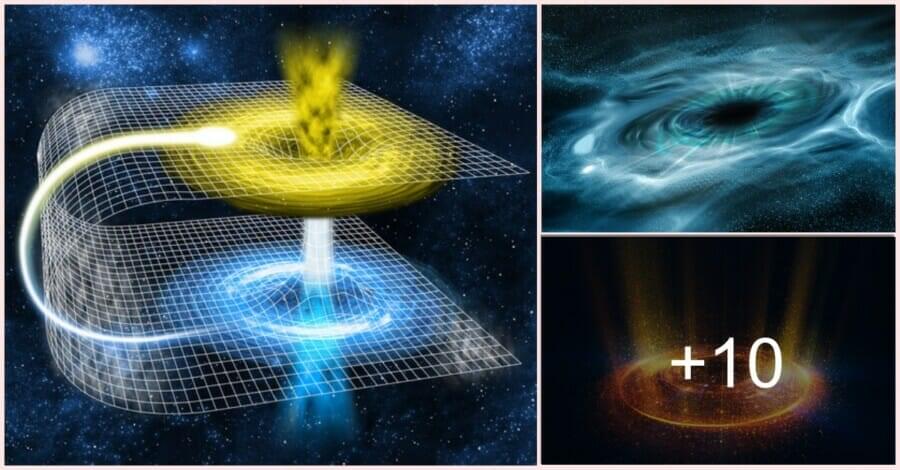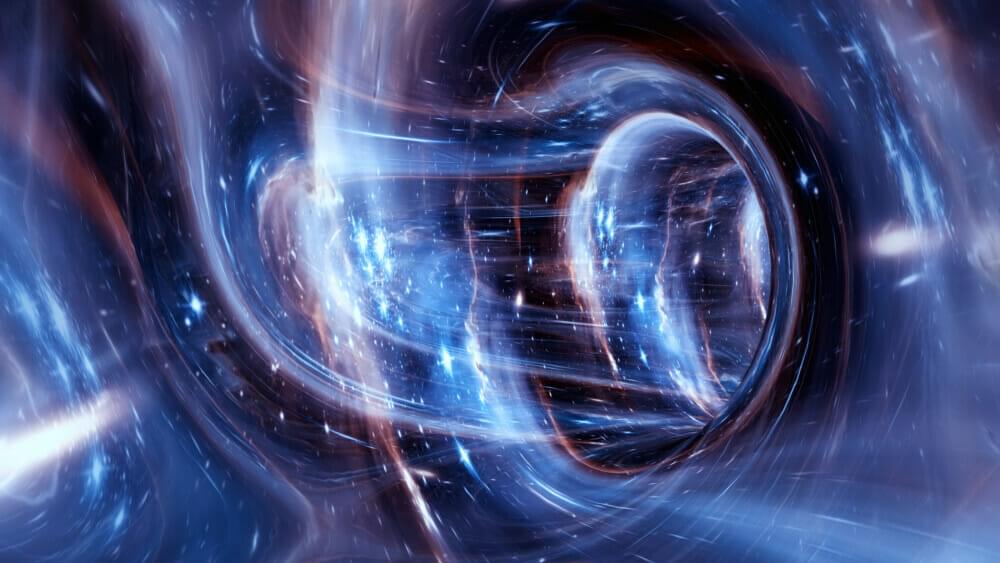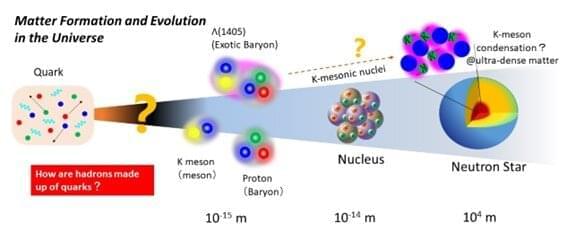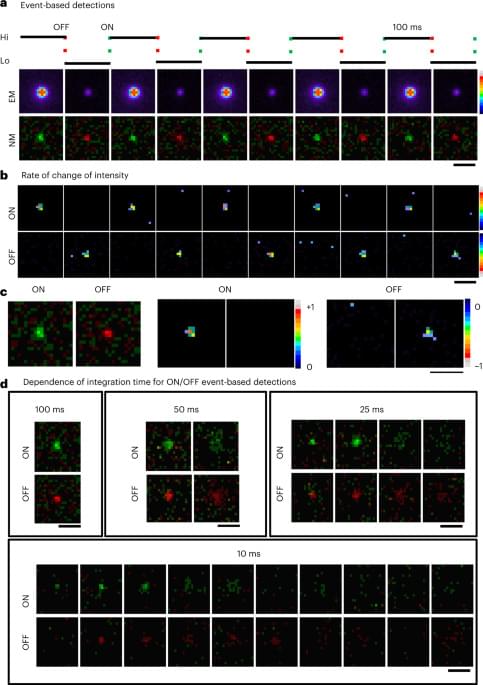Year 2017 face_with_colon_three
A basic question [1] in the study of the gauge-gravity duality is this: which field theories have a gravity dual? In the case of applications to actual strongly coupled systems such as the Quark–Gluon Plasma [2], [3], [4], [5], [6], this question becomes: does every realistic strongly coupled system have such a dual? To settle this, one needs to examine the most extreme cases. The most extreme strongly-coupled systems currently accessible to experiment are probably (see below) the plasmas produced by collisions of heavy ions at the LHC [7], [8] ; so one needs to consider whether holography works in this case.
In [9] we adduced evidence suggesting that it does not. The problem is a very fundamental one: it appears that the purported gravity dual in some cases does not exist when one attempts to interpret it (as one ultimately must [10]) as a string-theoretic system.
The situation may be briefly explained as follows. Ferrari and co-workers have shown [11], [12], [13], [14] that, simply for reasons of internal mathematical consistency, a string-theoretic bulk spacetime with a holographic dual must satisfy certain fundamental relations between the Euclidean spacetime action and the action of probes (such as branes). This has been explicitly confirmed in a large number of concrete cases [14].

